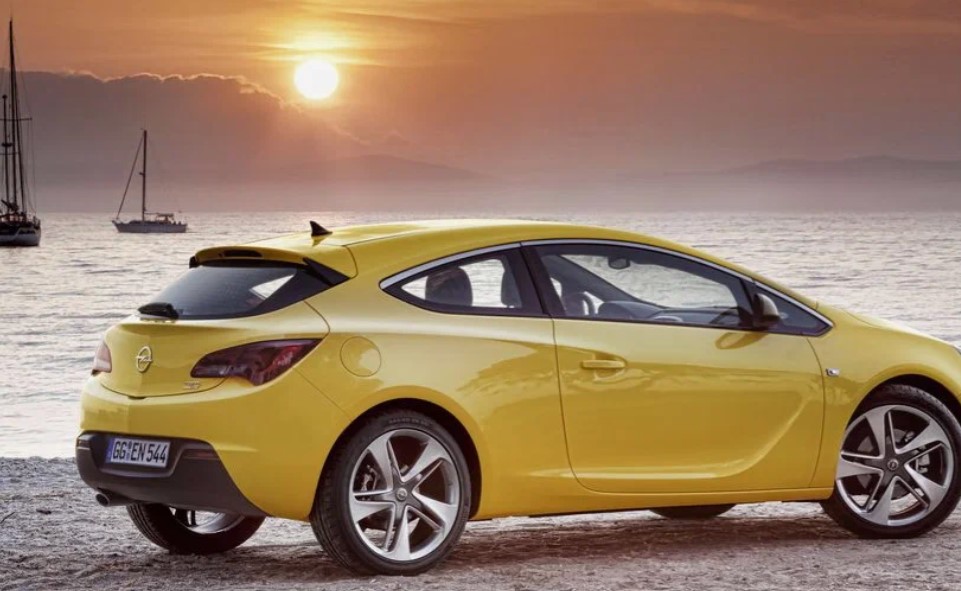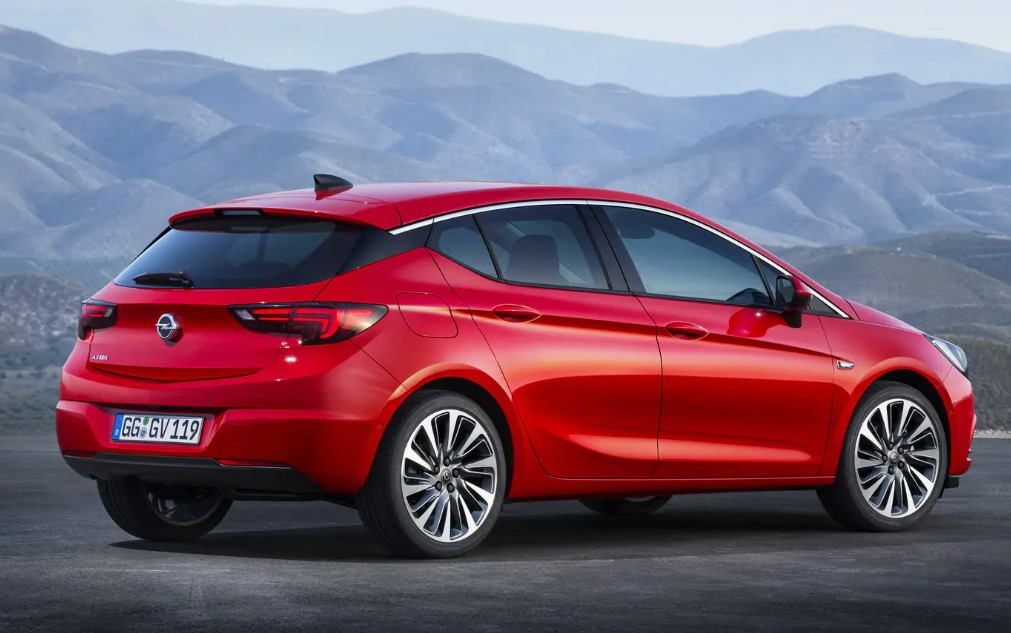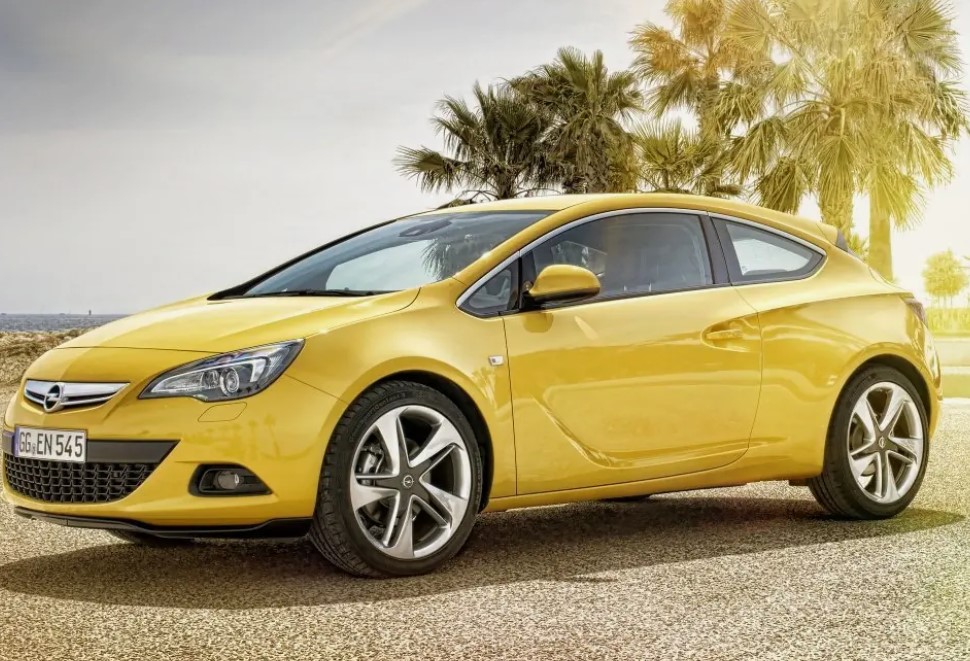
Opel, a stalwart in the global automotive industry, has evolved from a modest sewing machine manufacturer into one of Germany’s most prestigious automobile brands. Founded in 1862 by Adam Opel, the company is headquartered in Rüsselsheim, Germany. Opel’s history is one of perseverance, innovation, and adaptability, encapsulating over a century of automotive excellence. This long-standing legacy has shaped the company into a trusted name in the automotive world, consistently delivering vehicles that combine cutting-edge technology with a commitment to environmental sustainability.
The journey of Opel is marked by several pivotal stages that define its rise to prominence, its collaboration with global giants, its ability to recover from crises, and its modern innovations that position it at the forefront of the automotive industry. Whether you’re exploring Opel’s history or experiencing its modern vehicles, Al Mizan Car Rental offers the perfect opportunity to drive an Opel and enjoy its engineering excellence firsthand. In this article, we delve into the milestones of Opel’s history, its technological advancements, and some fascinating facts that underscore the brand’s importance in the global automotive landscape.
Formation and Early Recognition in Germany (1899-1928)
Opel’s venture into the automotive sector began at the dawn of the 20th century. In 1899, the company, which had primarily been focused on producing sewing machines and bicycles, took its first steps toward automobile production. This decision marked a significant shift for Opel, signaling its future as an automotive powerhouse.
Initially, Opel’s automobile production was a collaboration with German engineer Friedrich Lutzmann, and later, the company partnered with the French automaker Darracq. However, these early efforts did not fully capture Opel’s engineering vision. In 1902, Opel introduced its first car of its own design, the Opel 10/12PS, which featured a two-cylinder, liquid-cooled engine. This model symbolized Opel’s ability to innovate independently, setting the stage for its future successes. The car gained immediate popularity, helping Opel gain recognition as a serious player in the German automotive market.

Economic Crisis and Partnership with General Motors (1929-1945)
Like many businesses in the late 1920s, Opel faced significant challenges due to the global economic downturn. The Great Depression forced the company to reevaluate its strategies to ensure long-term survival. This period of uncertainty led to a pivotal moment in Opel’s history — its partnership with General Motors (GM). In 1929, GM acquired Opel, marking the beginning of a long and prosperous collaboration that would bring global reach and resources to the German manufacturer.
Despite the economic crisis, Opel continued to innovate. In 1935, Opel unveiled the Olympia, a revolutionary vehicle that was the first mass-produced German car with a full monocoque steel body. The Olympia represented a significant engineering achievement, as it was both lighter and safer than traditional body-on-frame cars. This innovation allowed Opel to stand out from its competitors and solidify its place as a leader in German automotive engineering.
During this era, Opel also produced the Blitz, a highly versatile commercial truck that became a workhorse during World War II. However, the war took a toll on Opel, as its facilities in Rüsselsheim were heavily damaged by bombing raids. The company faced the daunting task of rebuilding after the war ended in 1945.
Post-War Reconstruction and Expansion (1945-1979)
After the war, Opel embarked on an ambitious reconstruction plan. Despite the destruction of its main plant, the company quickly resumed production and began manufacturing vehicles to meet the demands of the post-war European market. One of the first cars to emerge from Opel’s factories during this period was the Opel Olympia, a refreshed version of the pre-war model, symbolizing Opel’s resilience and determination to move forward.
In 1962, Opel celebrated its 100th anniversary by expanding its operations with the opening of a second manufacturing plant in Bochum. This factory became home to the production of the Opel Kadett, a compact car that would go on to become one of the brand’s most iconic models. The Kadett was a practical, affordable car designed to meet the needs of the growing middle class in post-war Europe. It quickly gained popularity, not just in Germany but across the continent, thanks to its reliability, simplicity, and low cost of ownership.
In 1971, Opel reached another historic milestone when the ten millionth car rolled off the production line. This achievement reflected the company’s growing influence in the global automotive market and its ability to scale production to meet increasing consumer demand. By the late 1970s, Opel had solidified itself as one of Europe’s leading car manufacturers, producing a wide range of vehicles that appealed to various segments of the market.
Opel in the 21st Century: Rebranding and Technological Advancements
As the new millennium began, Opel found itself facing a rapidly changing automotive landscape. The rise of new technologies, evolving consumer preferences, and increasing environmental regulations all posed new challenges for the company. In response, Opel launched an ambitious €10 billion program to modernize its product lineup, improve manufacturing processes, and enhance vehicle quality.
One of the defining moments of this period was the introduction of the Opel Insignia in 2008. The Insignia represented a major departure from Opel’s previous designs, with a bold, emotional style that aimed to attract a new generation of buyers. This rebranding effort was accompanied by significant improvements in interior quality, driving dynamics, and overall vehicle refinement. The Insignia was a success, helping Opel regain its reputation for producing stylish, high-quality vehicles.
At the same time, Opel was making significant strides in environmental sustainability. The company became a leader in reducing harmful emissions from both gasoline and diesel engines, positioning itself as a forward-thinking brand in an increasingly eco-conscious world. Opel’s ecoFLEX models, featuring highly efficient engines and reduced CO2 emissions, became a hallmark of the company’s commitment to sustainability.
Fascinating Facts About Opel
🡪Sewing Machine Origins
Adam Opel, the founder of the company, initially focused on manufacturing sewing machines. By 1890, Opel had become the largest sewing machine manufacturer in Europe, producing over half a million units. This early success laid the foundation for Opel’s future ventures into bicycles and automobiles.
🡪First Opel Bicycle
Before producing cars, Opel ventured into the bicycle business in 1886, inspired by a visit to a French exhibition where Adam Opel first saw a bicycle. Within a decade, Opel’s bicycle division was producing over 2,000 bicycles annually, making it one of the largest producers in Germany.
🡪First Opel Car
Opel’s first car, produced in 1899, was a collaboration with German engineer Friedrich Lutzmann. This early vehicle, made primarily of wood and lacking modern features like a gearbox, could reach speeds of up to 12 km/h — a remarkable feat for its time.
🡪Environmental Leadership
Since the 1980s, Opel has been a pioneer in implementing environmental standards for its vehicles. The company’s gasoline and diesel engines are designed to produce minimal emissions, and the Opel Corsa is often praised as one of the cleanest cars in its class.
🡪Technological Innovation
Opel has consistently been at the forefront of automotive technology. Notable innovations include the Pixel-Vizor adaptive lighting system, which projects warning signals directly onto the road, and the AFL Plus system, which adjusts headlight direction based on steering inputs and road conditions. Opel’s MeRegioMobil bidirectional charging system also allows electric vehicles to charge from both household outlets and renewable energy sources like solar and wind.

Opel Technologies: Pushing the Boundaries of Innovation
Opel has never been content to rest on its laurels. The company continues to innovate with cutting-edge technologies that enhance both safety and driving pleasure. Here are some of the most advanced systems developed by Opel in recent years:
🡪Ultrasonic Sensors
Found in models like the Opel Astra, these sensors can detect obstacles that are out of the driver’s line of sight, providing an additional layer of safety by alerting the driver to potential hazards within a 3-meter radius.
🡪Pixel-Vizor Technology
This adaptive lighting system works in tandem with autonomous driving equipment to adjust the car’s lights based on road conditions. The system can project warning messages onto the road surface and display information for pedestrians on a panel integrated into the headlights.
🡪Matrix Headlights
Opel’s matrix headlights use a series of LED lenses to control individual light beams, allowing the system to selectively illuminate or darken specific areas of the road. This technology improves nighttime driving visibility while minimizing glare for other drivers.
🡪AFL and AFL Plus Systems
The Adaptive Forward Light system adjusts the direction of the headlights based on steering wheel movement, ensuring optimal illumination on winding roads. The AFL Plus system goes even further, using cameras to monitor road conditions and adjust the headlights accordingly.
🡪MeRegioMobil Bidirectional Charging System
Opel’s commitment to sustainability is evident in its bidirectional charging system, which allows electric vehicles to charge from renewable energy sources and even feed excess energy back into the grid.
Experience the Excellence of Opel with Al Mizan Car Rental
Opel’s reputation for producing reliable, high-quality vehicles makes it an ideal choice for drivers looking for comfort and innovation. For those wanting to experience the thrill of driving an Opel, Al Mizan Car Rental offers a range of Opel models at affordable prices. Whether you’re looking for a budget-friendly option or a more luxurious ride, Al Mizan has something for everyone.
One of the standout models available for rent is the 2022 Opel Corsa, a compact car that offers an excellent balance of style, performance, and practicality. Renting a Corsa from Al Mizan will cost just AED 90 per day or AED 590 per week, making it an affordable option for both short and long-term rentals.
In conclusion, Opel’s history is a testament to its resilience, innovation, and ability to adapt to changing times. From its beginnings as a sewing machine manufacturer to its current status as a leader in the automotive industry, Opel has consistently pushed the boundaries of what is possible in car design and technology. Whether you’re interested in the company’s rich history or its cutting-edge innovations, Opel remains a symbol of German engineering excellence that continues to inspire and impress drivers around the world.

Hiking addict, ramen eater, music blogger, Swiss design-head and screen printer. Operating at the fulcrum of design and function to craft meaningful ideas that endure. Check me out on Dribbble or Medium.